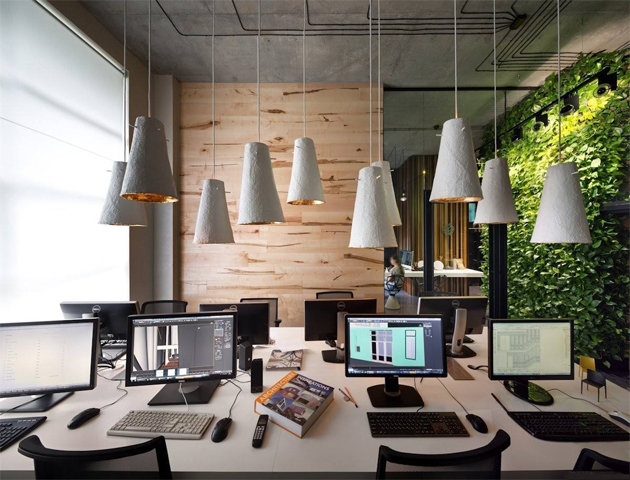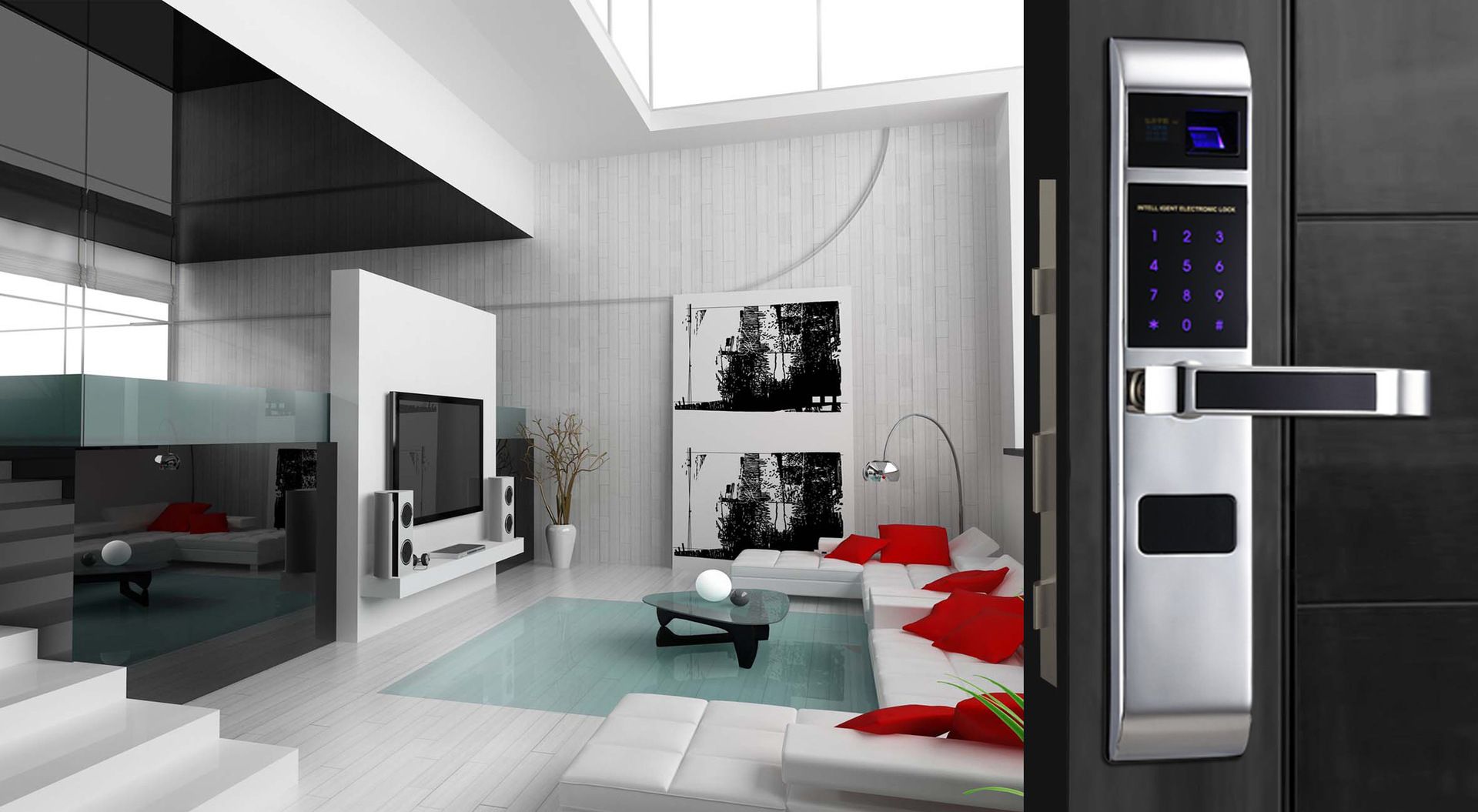Three issues that smart home entrepreneurs care about
The rise of the 80s last century in Japan and Europe and the United States, and in the late 90s to enter the country, but why so many years of development, smart home has not been able to walk into people's lives. According to common sense, the more advanced the atmosphere is, the easier it is to attract people's interest. People like to chase after tasteful and graded things, but this "law" is in such an advanced technological field as smart home. It seems to be less applicable. Although various types of smart home products are emerging on the market, most people are not so crisp when they choose to buy products. They always have to hesitate for a long time. Everyone only dares to try, and it is even more difficult for users to pay for it. Where are the concerns of smart home business startup?
Industry and market clarity
In our country, smart homes are confused by our thinking. Traditional home appliance companies are tying up their relationship with intelligence. For example, the United States, Gree, Haier, etc. have to keep up with the trend to launch their own smart products; as well as millet, Meizu, 360 and other mobile phone brands also launched commodity testing. With all kinds of products coming together, consumers who do not understand smart homes are often confused and do not know why. It is for this reason that smart homes have not yet become popular.

Product cost, price intimacy and follow-up services
The cost here refers not only to the price cost of the product itself, but to the cost incurred by the user. It includes the user's purchase cost expenditure, the consumption of its own time and energy, and the risk of bearing the product itself. In addition, those enterprises lacking technical accumulation and long-term plans have also embraced them. They have begun to fight prices, fight marketing, and have a ticket to go. Such products naturally cannot retain users. Products do not have users. Ticketing companies do not make money and earn money. Naturally, they do not have follow-up services. Users lose confidence in products. Enterprises lose interest in the industry and the industry cannot develop naturally.

The highlights of attracting people's products
For manufacturers, the current smart home is mainly focused on switch integration, such as lighting control, audio control, security control, home appliance control, etc., but it does not really grasp the real needs of users. The reality is that many manufacturers are rashly promoting their product features, ignoring the user’s own experience and consumer involvement, but they are trying to make consumers pay for their products.
However, the biggest obstacle is the technological division of the smart home ecosystem. Consumers need multiple network devices and applications to build and run their own smart home systems. Therefore, it is not known when smart homes will become popular.
The design of steel cable trays allows for easy installation, as they can be easily cut, bent, and assembled to fit the specific layout of the cables. They can be mounted on walls, ceilings, or floors, depending on the application and space availability.
One of the key advantages of steel cable trays is their excellent load-bearing capacity. They can support heavy cables and multiple cable runs without sagging or deforming. This makes them suitable for applications where there is a need to support a large number of cables, such as data centers, power plants, and manufacturing facilities.
Steel cable trays also offer effective cable protection. The open-grid design allows for proper ventilation and heat dissipation, preventing cable overheating and potential fire hazards. Additionally, the steel construction provides resistance to corrosion and mechanical damage, ensuring long-term reliability and safety.
In summary, steel cable trays are a durable, versatile, and efficient solution for cable management. They provide a secure pathway for cables, offer excellent load-bearing capacity, and ensure proper cable protection.
Steel Cable Tray,Metal Cable Tray,Stainless Steel Cable Ladder,Metallic Cable Trunking
Rayhot Technology Group Co.,Ltd , https://www.cnrayhot.com